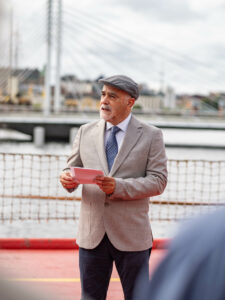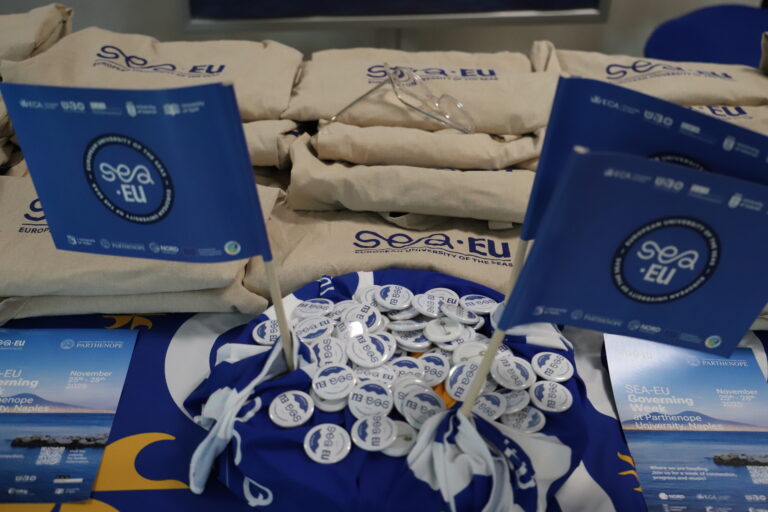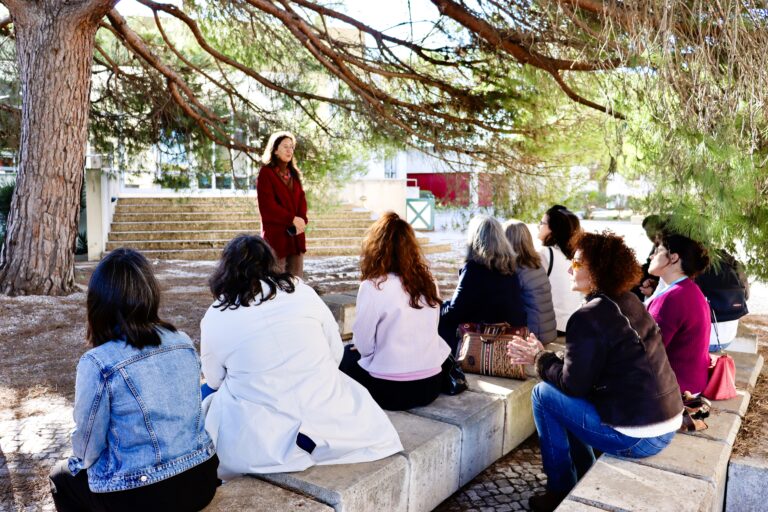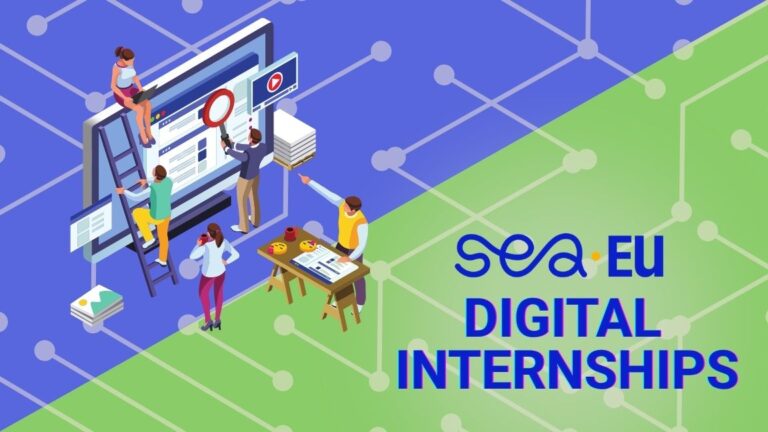Our colleagues from the University of Gdansk have sat down with the General Coordinator of SEA-EU prof. Fidel Echevarria and talked about the most important goals for the alliance, the role of associated partners, and his most memorable scientific cruise. An interview by Marcel Jakubowski.
‘As an alliance we are very happy to have this opportunity to work together and to utilize the r/v Oceanograf as part of SEA-EU, thanks to the generosity of the University of Gdansk authorities. It is really an amazing thing for us.’ says prof. Fidel Echevarria, General Coordinator of SEA-EU.
What is the symbolic significance of these large Oceanographic Campaigns for the SEA-EU alliance?
Both campaigns were very valuable. Especially considering neither the 2022 cruise nor the BaltArctic Research Cruise were a task that we were obliged to carry out. In both cases, it was a very kind offer from the rector of the University of Gdansk prof. Piotr Stepnowski. I must admit, I am very receptive to this type of research, having taken part in a number of scientific cruises. The idea behind each expedition is very symbolic – the r/v Oceanograf becomes a floating university, linking our universities and cities. During these adventures, we give young students invaluable experience and our scientists join forces to carry out a major research projects. This is also a great opportunity to talk to the public about the importance of the ocean for our planet and climate regulation, and to show that SEA-EU as an alliance is very committed to these ideas.
The arrival of the r/v Oceanograf in Malmö is a wonderful backdrop for some of the meetings you had with the authorities at WMU. What are some common goals for SEA-EU and WMU?
In the SEA-EU Alliance there are 9 partner universities and also 75 associated partners. It’s a big number, we are associated with municipalities, port authorities, companies, research centres, NGOs and two universities. Together with the nine partner universities, we invited the World Maritime University as an associated partner, which was the role they preferred. During the evolution of the project, as a consequence of the programme proposed by the European Commission and the Forum of European University Alliances, we’ve also invited the Odessa National University. Together with the 9 partner universities, we share several characteristics, such as the fact that we are all coastal universities. We’re also very well distributed geographically on the European coast, with the three universities in Northern Europe, three in the Atlantic and three in the Mediterranean. We cover all the major basins and coastal areas of Europe. The World Maritime University is focused on maritime aspects, they have a mission linked to the United Nations and the International Maritime Organisation (IMO). They focus on training students from all over the world, especially from developing countries. Their vast experience in educating foreign students and their unique focus on all things maritime makes them a very complementary partner to SEA-EU universities.
What is the role of an Associate Partner in the Alliance? How do they differ from full partners?
The main difference is that full partners receive money from Brussels, whereas the benefits of being an associated partner are more indirect. For example, we are setting up a project office that will look for opportunities in different calls from the European Commission. This venture will work for full-time partners as well as associated partners. We are also launching joint programmes and in this initiative we are inviting the associated partners to send their students to our universities or to host the SEA-EU students. In general, there are several opportunities for the associated partners and for the World Maritime University in particular.
As a marine scientist yourself, have you been on many research cruises? Which is the most memorable?
It was an honour to participate in a circumnavigation expedition (Malaspina 2010) that happened between 2010 and 2011 funded by the Spanish government. It was a seven-month campaign, a cruise around the world. I only took part in one leg, between Brazil (Rio de Janeiro) and South Africa (Cape Town), which took about one month. It was a unique route because in the middle of the South Atlantic the water is oligotrophic, so very low in nutrients, which means that it is very transparent, with very little life. But as we approached the African continent in the area near Namibia and South Africa, the waters became very rich, given that there is an important upwelling taking place there. Everything changed. We entered green waters, with lots of particles, where light could only penetrate for a short distance. During the circumnavigation we mainly studied the very deep waters, around 4000 metres and although most of the novelty was in the depths, we also sampled the first few centimetres of the water column. We were looking for the neustonic community, so organisms that live at the interface between air and water. During this research, we found a large amount of microplastics just under the surface of the water, which allowed us to publish a very valuable paper in 2014 called ‘Abundance and distribution of Plastic ocean debris’. This was one of the main outcomes of this particular research cruise and a great academic success for our team.
What does it mean to you to board the r/v Oceanograf, which has become a symbol of European scientific cooperation?
I’m very impressed by the r/v Oceanograf. This ship is well-equipped with very good facilities such as dynamic positioning. What’s even more unusual is that it belongs entirely to the University of Gdansk. Vessels of this size in Spain are usually owned by the government or the Spanish Research Council, so we have to apply for the use of these large vessels in our projects. As an alliance we are very happy to have this opportunity to work together and to utilize the r/v Oceanograf as part of SEA-EU, thanks to the generosity of the University of Gdansk authorities. It is really an amazing thing for us.
What is the next big step for SEA-EU?
In the second phase of our alliance we have 25 different tasks, a lot of activities and a lot of commitments. But right now we are focused on achieving two difficult but very interesting goals. We are 9 universities working together, but we have a commitment with the European Commission to move forward and look for a legal entity that will unite us. We are working very hard to find the best option for this legal entity. The second very important objective is to launch joint programmes. We are working very hard to create four joint programmes that will be a cooperative venture of several universities – one bachelor, two masters and one doctoral programme. In the case of the bachelor’s degree, we are launching a course in sustainable blue economy, which is a mix of marine science, circular and sustainable economy. With this degree, we want our graduates to consider both sides – the ecology and the economy. The first master’s degree is focused on port management and logistics. This course is being prepared with the help of the port authorities of all the partner cities united under the SEA-EU Port Council. The second one is a masters programme in sustainable management of organisations. The doctorate initiative is called ‘Marine and Maritime Science and Technology’ and covers several research disciplines. We are working on these courses with great enthusiasm. Joint programmes will definitely increase the mobility of our students and researchers in the partner universities.




